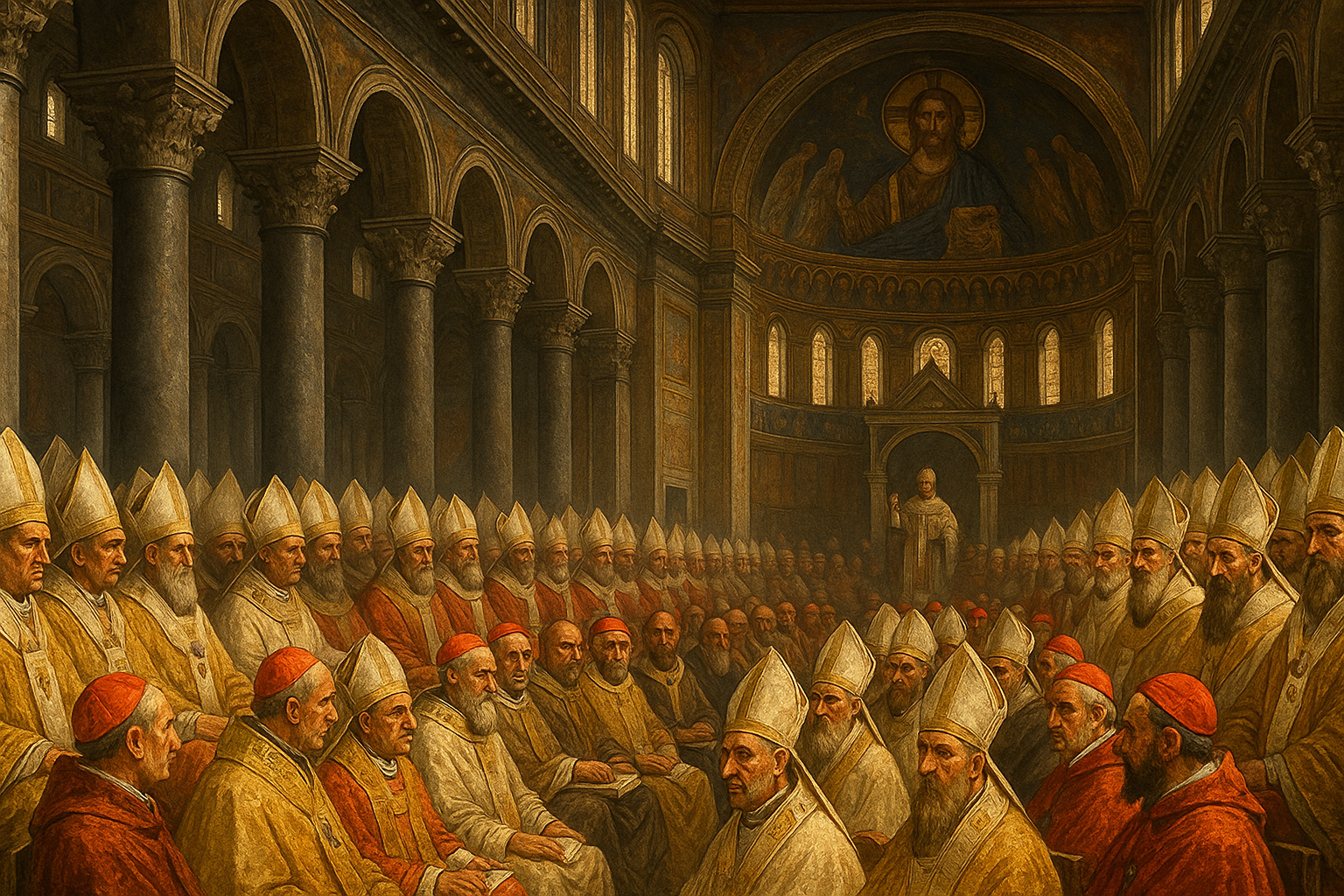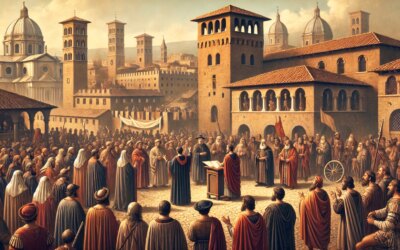Context of Crisis and Reform
By the mid-12th century, the Roman Church faced deep challenges: schisms, contested papal elections, and a clergy marred by simony and absenteeism. Following years of antipopes and imperial interference, Pope Alexander III convened the Third Lateran Council in March 1179 within the Lateran Basilica. The assembly aimed to restore ecclesiastical order, affirm papal authority, and implement reforms that would shape the medieval church for centuries.
Key Decrees on Papal Election
One of the council’s most enduring measures addressed the chaos of papal succession. It decreed that future popes must be elected by a two-thirds majority of cardinals, a rule designed to prevent deadlocks and minority appointments. By formalizing this supermajority, the council curtailed imperial influence and secured the College of Cardinals as the sole body for election, laying groundwork still observed in modern conclaves.
Combating Corruption: Simony and Clerical Discipline
The Third Lateran Council targeted simony—the buying and selling of ecclesiastical offices—with strict penalties. Clerics found guilty of simoniacal practices faced deprivation of office and excommunication. The council also mandated residency requirements for bishops and abbots; they were expected to live within their dioceses and oversee clergy regularly. These rules sought to reconnect church leaders with their flocks and curb absenteeism.
Addressing Heresy and Schism
Heresies such as Catharism and lingering schismatic groups in southern France prompted measures reinforcing orthodoxy. The council authorized bishops to investigate suspected heresy and set penalties including exile or confiscation of property. It anathematized individuals who sought secession from the Roman See. By casting heresy as both a spiritual and civic threat, the council aligned ecclesiastical security with social stability.
Social and Political Ramifications
The new electoral rule reduced imperial mediation in papal choices, enhancing the curia’s independence. European monarchs, previously accustomed to sway papal outcomes, now faced a unified cardinalate committed to canonical procedures. Local bishops gained tools to discipline clergy, which improved pastoral care but also heightened tensions where lay investiture traditions lingered. Overall, the council rebalanced power between Rome and regional churches.
Liturgical and Monastic Reforms
Beyond governance, the council promoted liturgical uniformity and endorsed the Cistercian model of monastic discipline. It reinforced clerical celibacy and standardized rites to foster unity in worship. Monasteries adhering to stricter observances received papal support, gaining status and attracting novices. These cultural shifts strengthened spiritual life and provided a counterweight to secular interests within the church.
Why the Third Lateran Council Matters
The council’s blend of political, legal, and spiritual reforms marked a turning point in church history. By formalizing papal election protocols, it preserved papal autonomy. By combating simony and enforcing clerical residence, it renewed episcopal accountability. Its measures against heresy foreshadowed the inquisitorial structures of later centuries. In sum, the Third Lateran Council laid institutional foundations that endured through medieval Christendom and influenced the Catholic Church’s evolution.
FAQ
What prompted the Third Lateran Council?
Decades of schism, contested papal elections, and clerical corruption led Pope Alexander III to call the council. He aimed to resolve divisions, curtail simony, and secure clear election procedures to prevent future antipopes and restore ecclesiastical order.
How did the council change papal elections?
It introduced a two-thirds majority requirement among cardinals to elect a pope. This rule prevented fractional outcomes and reduced external interference by emperors or factions, thereby strengthening the election’s legitimacy and the College of Cardinals’ authority.
What measures addressed simony?
Clerics found guilty of purchasing or selling church offices faced immediate removal and excommunication. The council declared simony a grave offense, aiming to eliminate commerce in benefices and ensure merit-based appointments of bishops and abbots.
How did the council tackle heresy?
Heresy was defined as any refusal to accept the Roman See’s decisions. Bishops received authority to investigate and punish heretical beliefs, including exile and property confiscation. These measures reinforced doctrinal unity and aligned church security with civic order.
Are the council’s reforms still relevant today?
The two-thirds election rule remains a cornerstone of papal conclaves. While penal measures have evolved, the council’s emphasis on episcopal residency and clerical discipline influenced later reforms. Its legacy in election law and anti-simony provisions persists in canonical norms.






